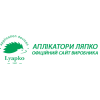ENT diseases
1 What does otolaryngology study
2 Classification and types of diseases of ENT organs
6 Features of treatment and its methods
7 Psychosomatics of ENT diseases
9 Mechanisms of action of the applicator. How to work with the applicator, application zones
What does otolaryngology study
Otolaryngology is a branch of medicine that studies the physiology and pathology of the throat, nose, ear and anatomical areas adjacent to them, as well as developing methods for the prevention, diagnosis and treatment of diseases of these organs. Otolaryngologists or ENT doctors are engaged in the treatment of pathology of the throat, nose and ear.
The section of otolaryngology that studies hearing impairments, such as hearing loss, deafness, is called audiology; and studying the violation of voice formation - phoniatry.
Diseases of the ear, nose and throat accompany a person throughout life. For the most part, these diseases are inflammatory in nature, since the ENT organs are closely related and are in constant interaction with the environment. The mucous membranes of the ENT organs contain a large number of opportunistic microorganisms, which, at the slightest imbalance in the body (with hypothermia), turn into pathogens and lead to disease.
Ignoring problems with the ears, nose or throat in children can affect their development in the future. Diseases treated by otolaryngologists are important to identify and treat in time.

Classification and types of diseases of ENT organs
All diseases of ENT organs can be divided into two large groups: acute and chronic diseases.
Acute ones are manifested by more pronounced symptoms, but are treated quite effectively.
Chronic diseases require long-term therapy; they appear as a result of poor-quality treatment of acute forms. Therefore, in order to prevent the development of complications, the transition of the disease to a chronic course, one should not self-medicate, but seek medical help in time.
The most common diseases of the ENT organs.
Diseases of the nasal cavity.
Rhinitis is a runny nose that can be caused by a respiratory infection, a virus, or can be caused by an allergen. Adenoids - pathological growth of the lymphoid tissue of the nasopharyngeal tonsil, more often in children 3-10 years old. Accompanied by difficulty in free nasal breathing, snoring during sleep, nasal voice, runny nose. It leads to frequent colds and inflammation in the middle ear, hearing loss, voice changes, slurred speech, developmental delay, and malocclusion.
Sinusitis is an inflammation that affects one or more of the paranasal sinuses. Frontal sinusitis - inflammation of the mucous membranes in the area of the frontal sinuses. Sinusitis - characterized by inflammation of the maxillary sinuses.
Injuries of the nasal septum, foreign bodies in the nose, nosebleeds.
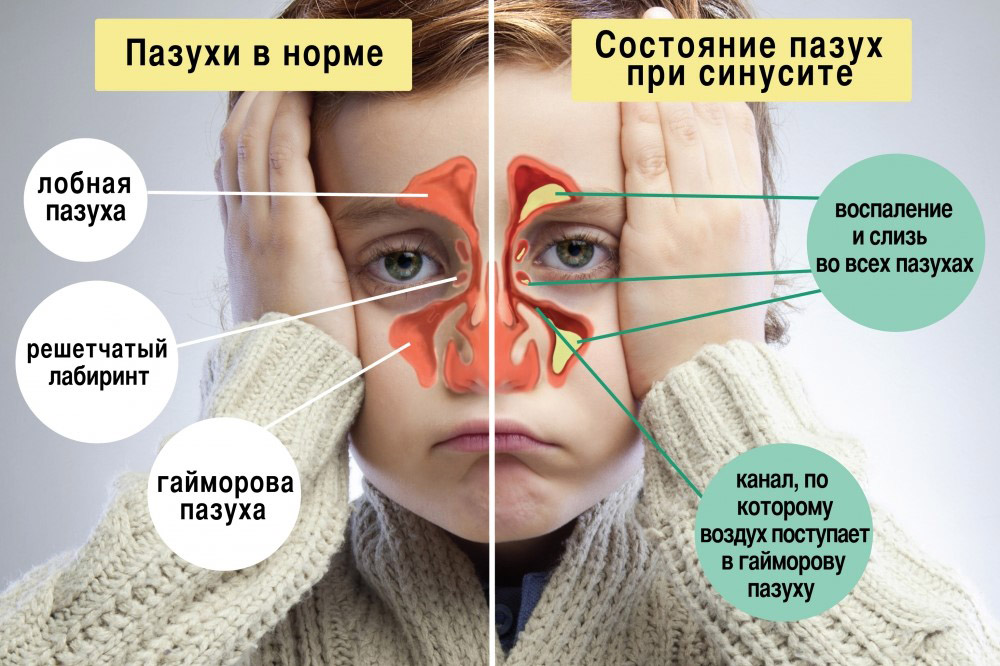
Ear diseases: otitis media, tympanitis, eustachitis, mastoiditis, sulfur plug, foreign body of the ear, traumatic injuries.
Throat diseases: laryngitis, pharyngitis, chronic tonsillitis and other acute and chronic diseases.
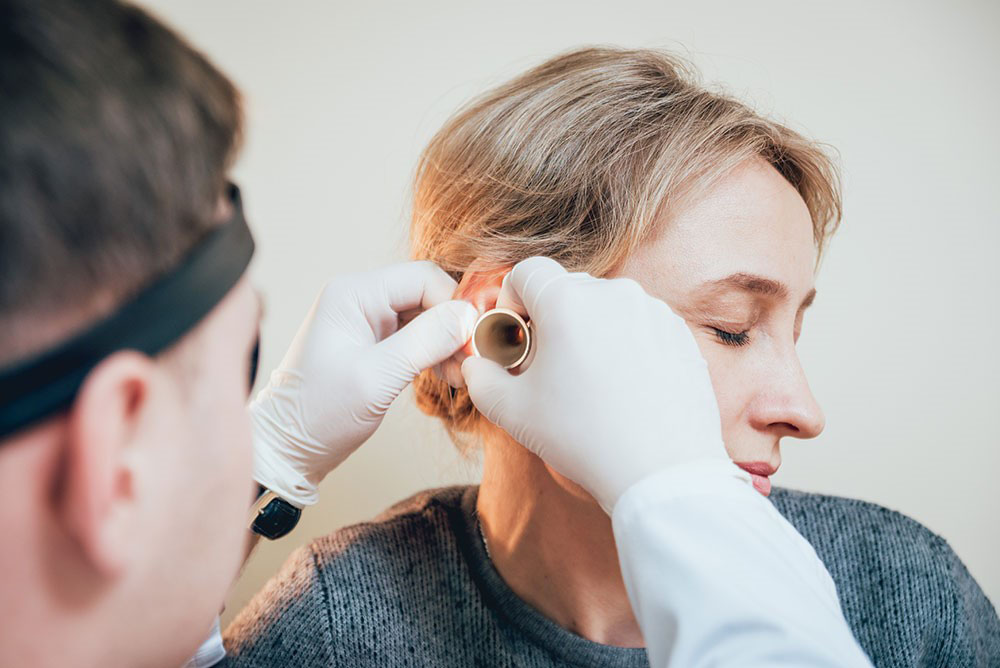
Benign tumors of the pharynx, larynx, nasal cavity. Fungal diseases of various localization.
Causes of diseases
Megacities with their large crowding and poor ecology are a particularly favorable background for the development of ENT diseases.
There are several factors that contribute to the development of diseases of the ENT organs:
- hypothermia;
- weak immunity;
- a sharp temperature drop, seasonal transition;
- bacteria;
- viruses, infections, the main cause of seasonal diseases;
- allergic reactions;
- stressful situations;
- exposure to heat and chemicals.
Disease symptoms
Diseases of the ear, nose and throat are often complications of past viral infections and develop against a background of weakened immunity. Each of the numerous diseases of the ENT organs has its own symptoms and clinical picture. Of particular concern should be the appearance of the following symptoms: persistent headaches, enlarged submandibular lymph nodes, pain in the throat and ears, impaired hearing and smell, difficulty in nasal breathing, discharge from the nose or ear. If, after a cold, several of the listed symptoms are present at once, then we can talk about advanced inflammation.
Delaying treatment or self-treatment of any ENT pathology is fraught with serious health consequences. A disease in one of these organs can cause complications in the other. Often a common cold causes complications such as otitis media or sinusitis. Therefore, their treatment should always be interconnected and complex. Protracted inflammatory processes of the nose, ear and throat can also cause damage to other organs: the heart, kidneys, joints. In addition, the anatomical proximity to the brain and eyes, developed innervation and blood supply to the head make us consider ENT diseases as one of the most serious complications in terms of life-threatening complications.
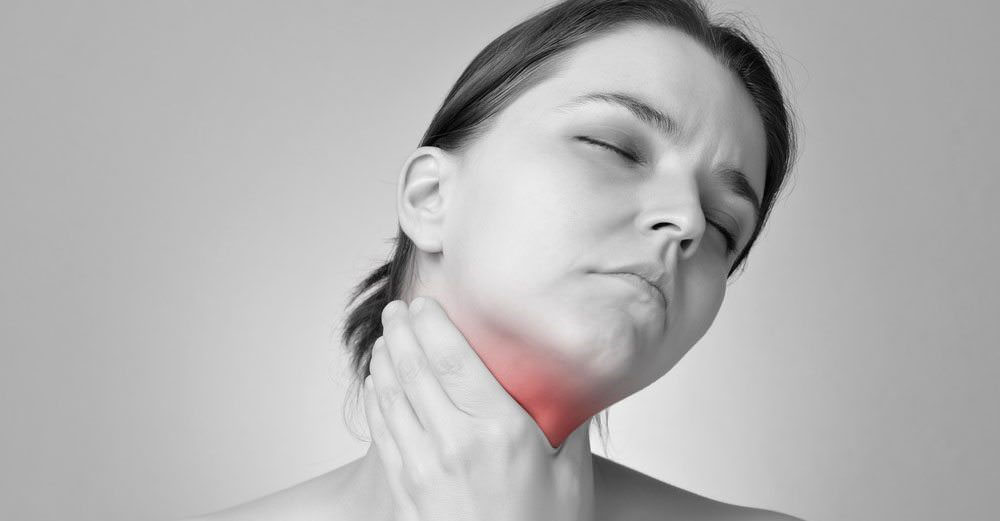
Diagnostics
Modern methods for diagnosing ENT pathology include laboratory tests, endoscopic and computer studies of the nose, throat, and ear, ultrasound, paranasal sinus punctures.
Features of treatment and its methods
Treatment of ENT diseases can be based on different principles. It all depends on the specific situation and the characteristics of the disease. The most important task in the treatment of otolaryngological diseases is to prevent the transition of the disease into a chronic form.
Various methods are used depending on the severity of the disease.
- Therapeutic: physiotherapy, medication, inhalation.
- Surgical. This type of treatment is used in severe cases, acute inflammation.
Once your doctor has diagnosed you, a treatment plan will be developed. Methods of treatment will be different depending on the severity of the disease.
The main methods of treatment of ENT diseases.
- The use of drugs: for diseases of the nose, nose drops, sprays are prescribed; for the throat - solutions for rinsing, sprays, lozenges; for ears - antibacterial agents, etc. If viruses have become the cause of the development of the inflammatory process, doctors prescribe antiviral drugs that help the body fight pathogens. In diseases of an infectious and bacterial nature, antibiotic therapy is prescribed. For fungal diseases, antifungal drugs are prescribed.
- Physiotherapy procedures: UVR, laser treatment, inhalations, phototherapy, electrotherapy, magnetotherapy, thermotherapy, acupuncture, Lyapko application therapy, massage.
- Elimination of symptoms by physical methods: washing the nose, blowing out the ears, removing sulfur plugs.
- Folk remedies: tinctures, herbs for rinsing.
- surgical methods.
Psychosomatics of ENT diseases
Psychosomatics of the nasopharynx
Doctors compare the nasopharynx with a filter, the function of the filter extends to the thoughts and emotions of a person. That is, the nasopharynx, as a filter, at the metaphysical level, prevents negative destructive thoughts and emotions from entering the inner world of a person. The reason for the blocked nasopharynx in children can be explained by the fact that the child hides his thoughts or emotions for fear of being misunderstood. Here, the nasopharynx prevents the negative emotion of fear and “blocks” the path. The nose symbolizes a person's self-esteem, recognition of himself as a person, his uniqueness and value.
The psychosomatics of diseases of the nasopharynx is also monitored by the interconnections of systems in the human body. So, a depressed mood (nervous system) leads to a violation of metabolic processes and blood supply (circulatory system), as well as to edematous phenomena. A violation of the blood supply to the vessels in the nasal cavity can lead to vasomotor rhinitis.
Psycho-emotional overload causes a malfunction in the hormonal system, which can lead to an allergic reaction to common substances and allergic rhinitis.
Strong negative experiences, stress and depression reduce immunity, which leads to the penetration of microbes into a weakened body and the appearance of a common cold or sore throat.
The nose is a respiratory organ, and breathing provides life, a stuffy nose indicates a person's inability to live a full life.
Nasal congestion is often found in insecure people who feel their insignificance, underestimate their self-esteem and suppress themselves. Such people have a strong feeling that they are not recognized. They experience a feeling of inability to express themselves fully and reveal their abilities, so they begin to feel worthless.
At the heart of a runny nose is a request for help, as well as suppressed crying. It occurs when a person is faced with a confusing situation and gets lost. He gets the feeling that everything has piled on him and he does not know where to start, as he is too worried about insignificant details. This situation makes him angry. The confusion that has arisen in the head prevents a person from feeling his true needs and living in the present.
This disease also has a deeper meaning, which lies in the fact that a person should not exhaust himself in vain, he needs to relax. Also, such a person should not suppress his feelings and stop blaming others.
A runny nose in children is a kind of request for help. Often children, not feeling their strength and value in relationships with their parents, express their helplessness in this way.
Sinusitis
According to most psychologists, this ailment symbolizes repressed self-pity, a feeling of being apart, an inability to cope with your far-fetched loneliness.
What to do? Everyone knows that a psychosomatic illness is a respite, a time for reflection, a signal that a person needs to urgently stop and take a time out and take care of himself and especially his state of mind.
Application therapy Lyapko
Lyapko's applicators in various modifications (plates, rollers, applique belts, applique tapes) are an original, powerful device with many health-improving therapeutic possibilities. Their action is based on the principles of traditional Chinese medicine - superficial multi-needle acupuncture, as well as on the general physiological mechanisms of life.

Mechanisms of action of the applicator. How to work with the applicator, application zones
The high healing effect of Lyapko applicators is due to a combination of intense reactions:
- reflex-mechanical;
- galvano-electric;
- immunological.
The clinical effects of the method of multi-needle therapy are manifested in analgesic, antispasmodic, anti-inflammatory, anti-edematous, neurotrophic and immunomodulatory effects. Also in the regulation of the functions of the autonomic nervous system, the normalization of the processes of excitation and inhibition in the central nervous system.
How to work with the applicator, application zones
In 90% of cases, it is necessary to act on the pain zone, and to increase efficiency on additional and auxiliary zones.
It is always necessary to include the main zone (the region of the spine) in the general recipe.
Additional and auxiliary zones should be used when, for a number of reasons, it is impossible to influence the main zone (gypsum is applied, the wound surface). To enhance the therapeutic effect, it is advisable to include in the formulation the effect on the symmetrical zones of the healthy side.
The main zones are located on the back surface of the trunk, head, neck.
The main ones are named due to the fact that the skin areas on both sides of the spine and directly above the spine are closest to the exits of the roots of the cranial and spinal nerves and other structures.
Very important meridians also pass here. Above the spinous processes along the entire length of the spine passes the posterior median meridian (Fig. 1). This meridian is the ruler of all major meridians of the Yang type. These are the meridians: gallbladder, small intestine, triple heater, stomach, large intestine, bladder. The posterior median meridian controls the protective energy of a person, affects his resistance to diseases.
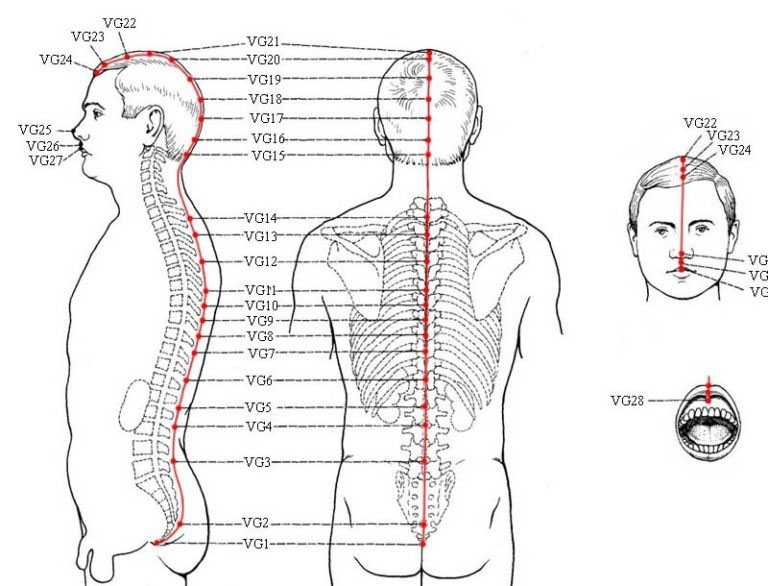
Fig.1
On the back, 2 fingers (1.5 cun) from the spine passes the 1st branch, and 4 fingers (3 cun) the 2nd branch of the bladder meridian (Fig. 2). The Bladder Meridian (V) is the most important energy system of the human body. Responsible for the condition of the bladder, kidneys, genitals, bone structure, musculoskeletal system, spine, head, ears and hearing, vision.
In addition, the state of the meridian affects all organs and systems of the body, in the area where it passes. And given its great length, it becomes clear its significance for human health.

Fig.2
Auxiliary zones: front surface of the trunk, head and neck.
Additional zones: zones of the skin of the lower and upper extremities, which are secondary (peripheral) in relation to the (central) structures of the spinal cord and brain.
Recommended areas for selection of application effects for colds, rhinitis, sinusitis, frontal sinusitis, pharyngitis, laryngitis, tonsillitis, headaches, hearing impairment (Fig. 3): basic 0, 1; additional 2, 10, 11; auxiliary 3, 8, 22, 24, 25, 31 (28), 20.
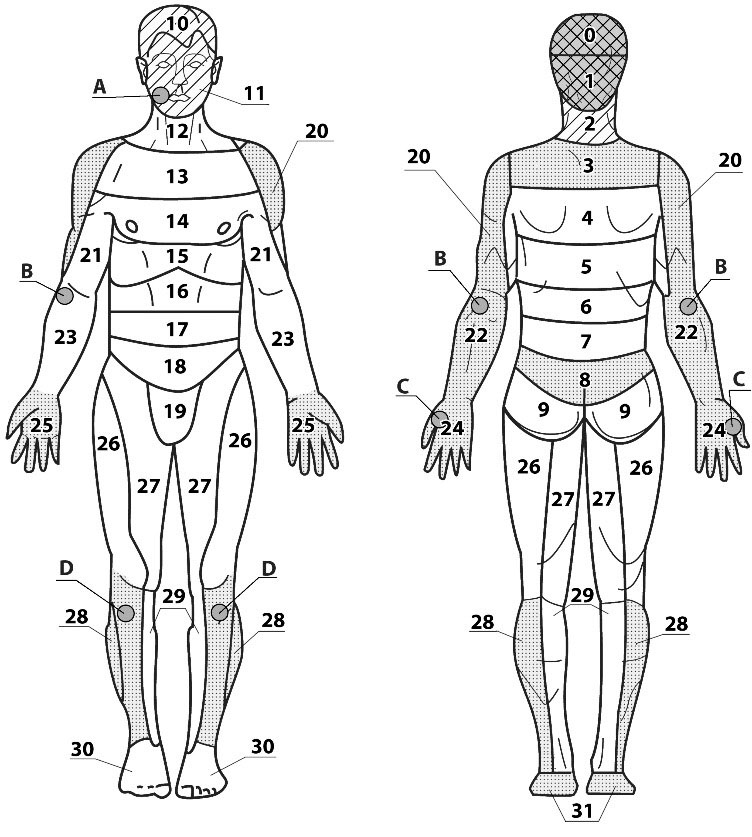
Fig.3
Options for the use of Lyapko application devices for diseases of the ENT organs, for relieving headaches.
Flat applicators: "Chamomile M" , "Chance" , "Needle massage pillow" , "Quadro" , "People's" , "Sputnik plus" , "Insoles plus" , "Kraplinka" .
Application belts: "Magic Ribbon "Health" belt , "Kid" belt , "Universal M" belt .
Application rollers: “Facial roller M” , “Universal roller M” , “Needle ball” .
The exposure time with flat applicators, belts is 20-30 minutes; rollers, "Needle Ball" roll for 10-15 minutes.
1. Belt "Magic ribbon "Health" 1p. 7-9 segment , which allows you to simultaneously act on the entire area of the head, capturing the main and auxiliary zones - 0, 1, 2, 10, 11, 12.
When wrapping the head with tape on sensitive areas (the area of the bridge of the nose and auricles), it is recommended to apply 1-2 layers of napkins. For better pressure on the back of the head, the procedure is best taken in a prone position.
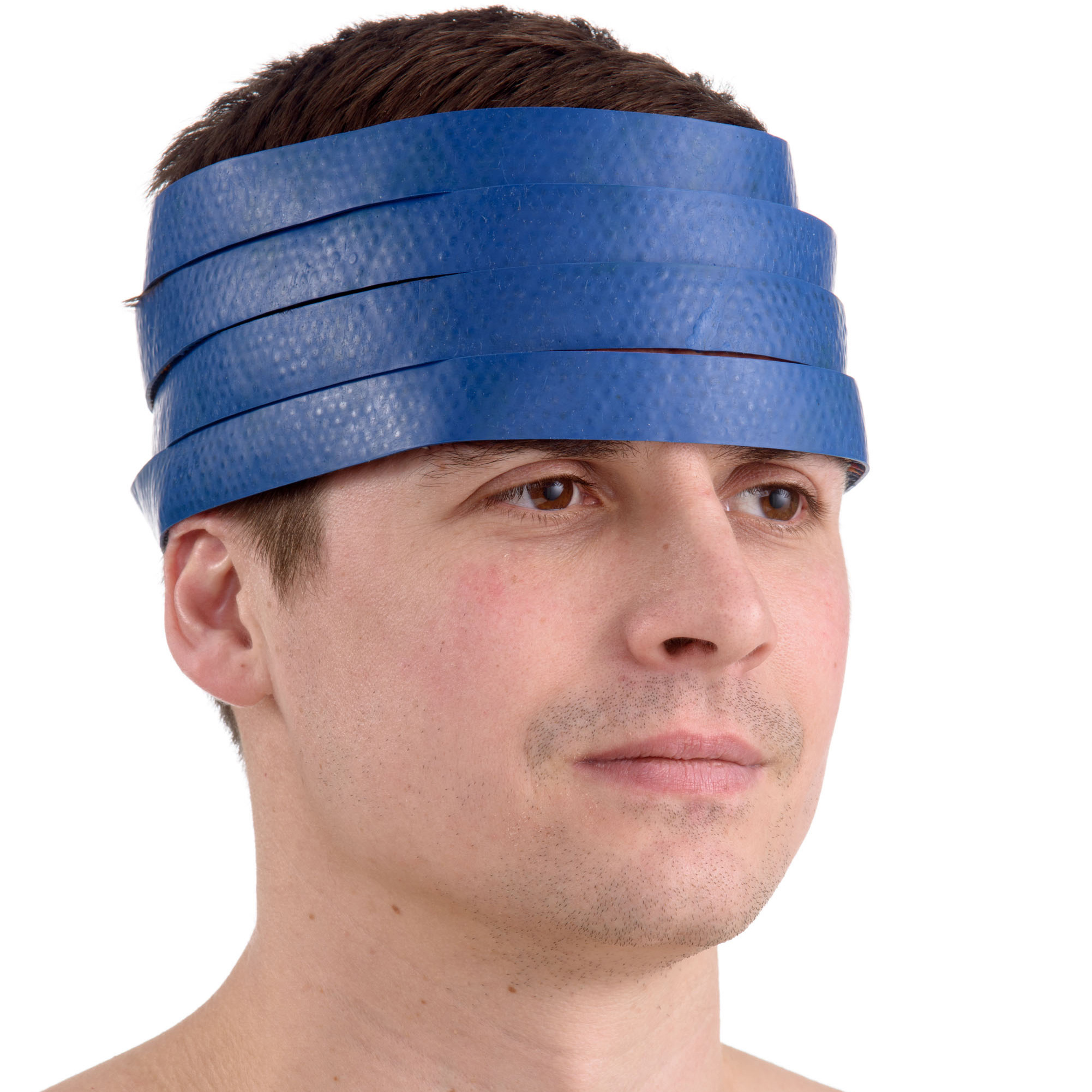
2. Applicator "Chamomile M" on the head in the form of a cap, which can be fixed with rubber straps or pressed with hands. You can lie with your head on the "Chamomile M", which lies on the pillow, with the capture of the area 0, 1, 2; put a roller under the neck for better uniform pressure.
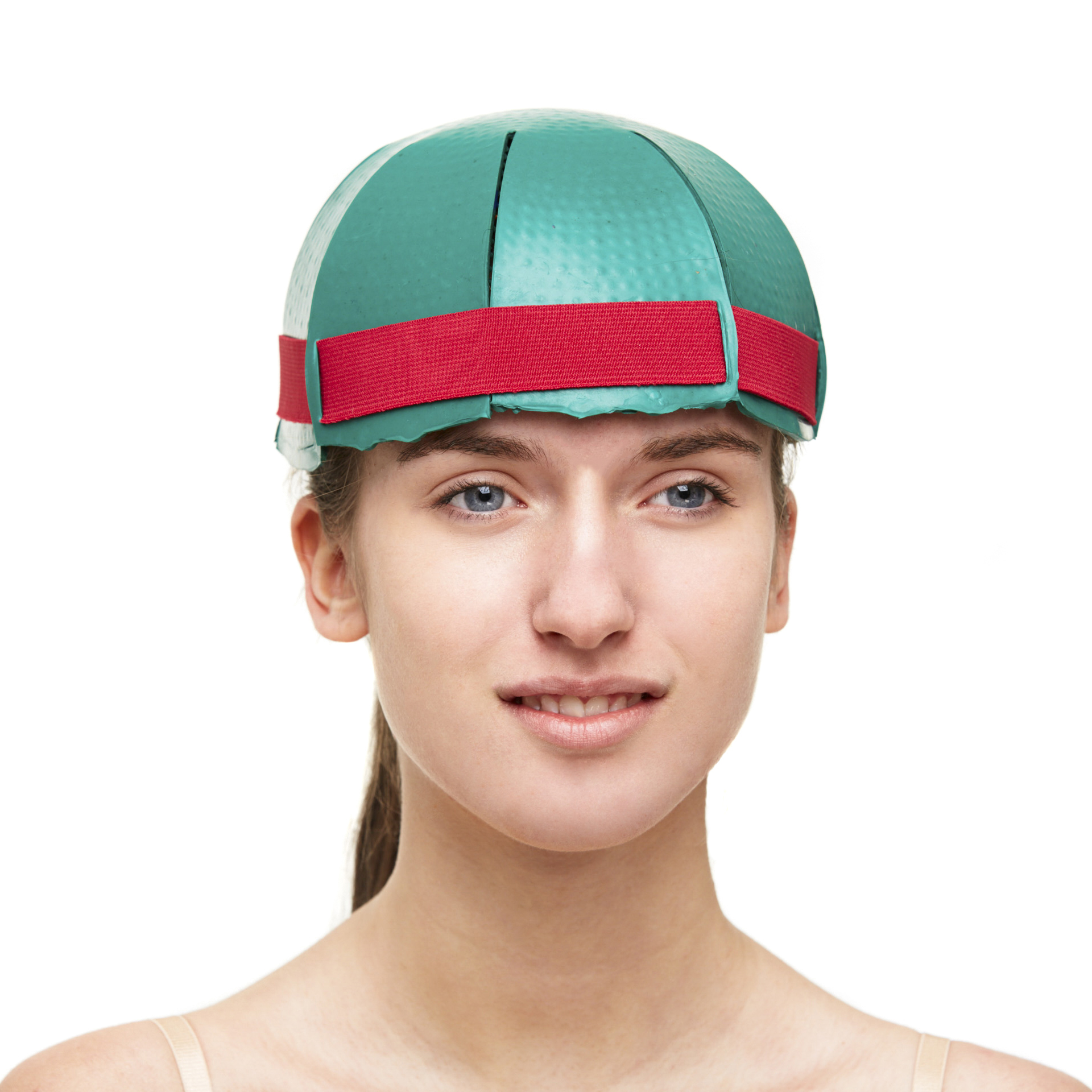
3. Lie with your head on the applicator "Chance" , "Needle massage pillow" , "Quadro" , "Folk" , "Insoles plus" with the capture of zones 0, 1, 2. Put "Satellite plus" on zone 10. "Insoles plus" can be used simultaneously on zone 0, 1, 2 and 10.
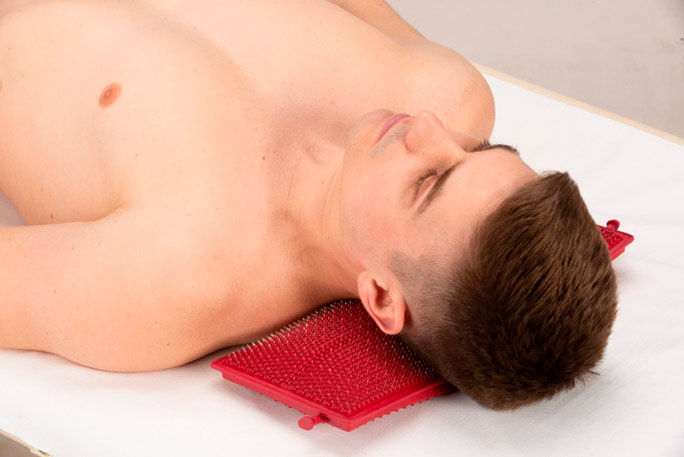
4. You can also use belts "Baby" or "Universal M" , a small applicator "Kraplink" , fixing them in different ways. It helps with nasal congestion, with sinusitis, frontal sinusitis, pharyngitis.
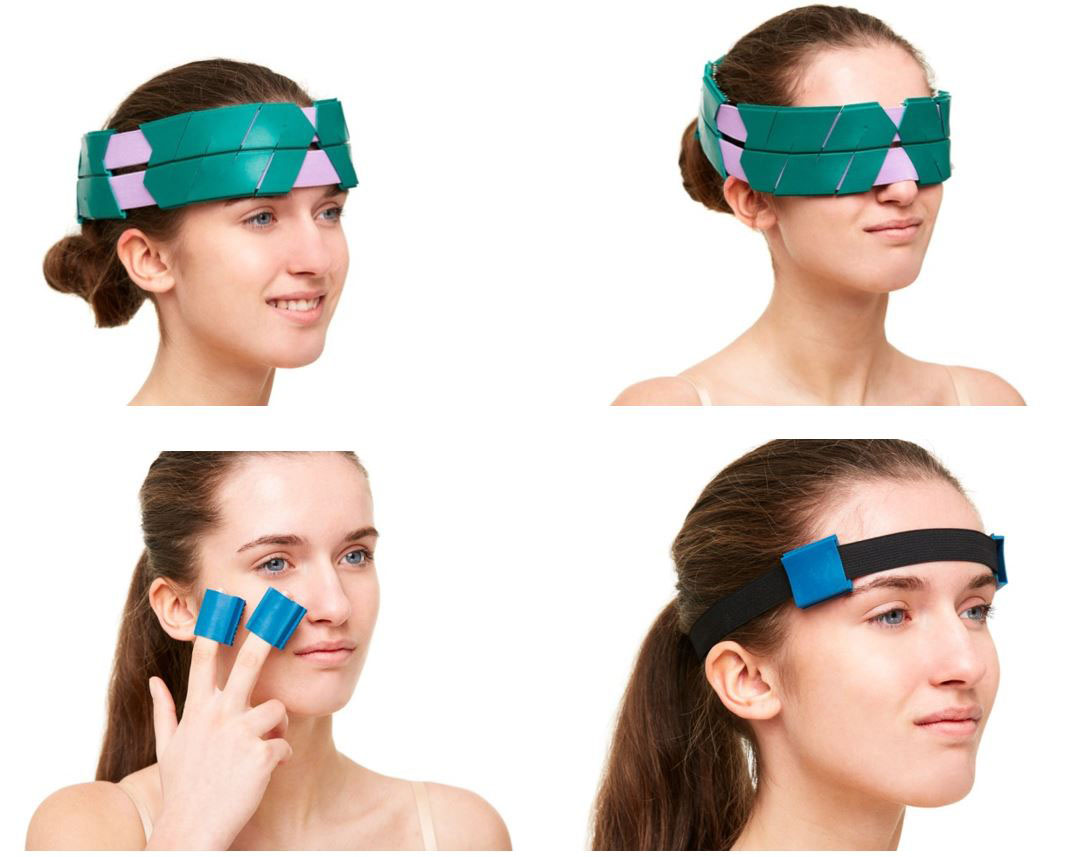
5. In the morning, in the afternoon, with a headache, with nasal congestion, roll the head, face with “Facial Roller M” , “Universal Roller M” , “Needle Ball” for 7-10-15 minutes, the sensations should be pleasant.

On the auxiliary zones on the arms and legs, apply "Magic tapes" Health " , roll these zones with" Large Roller M" , "Face Roller M" , "Universal Roller M" .
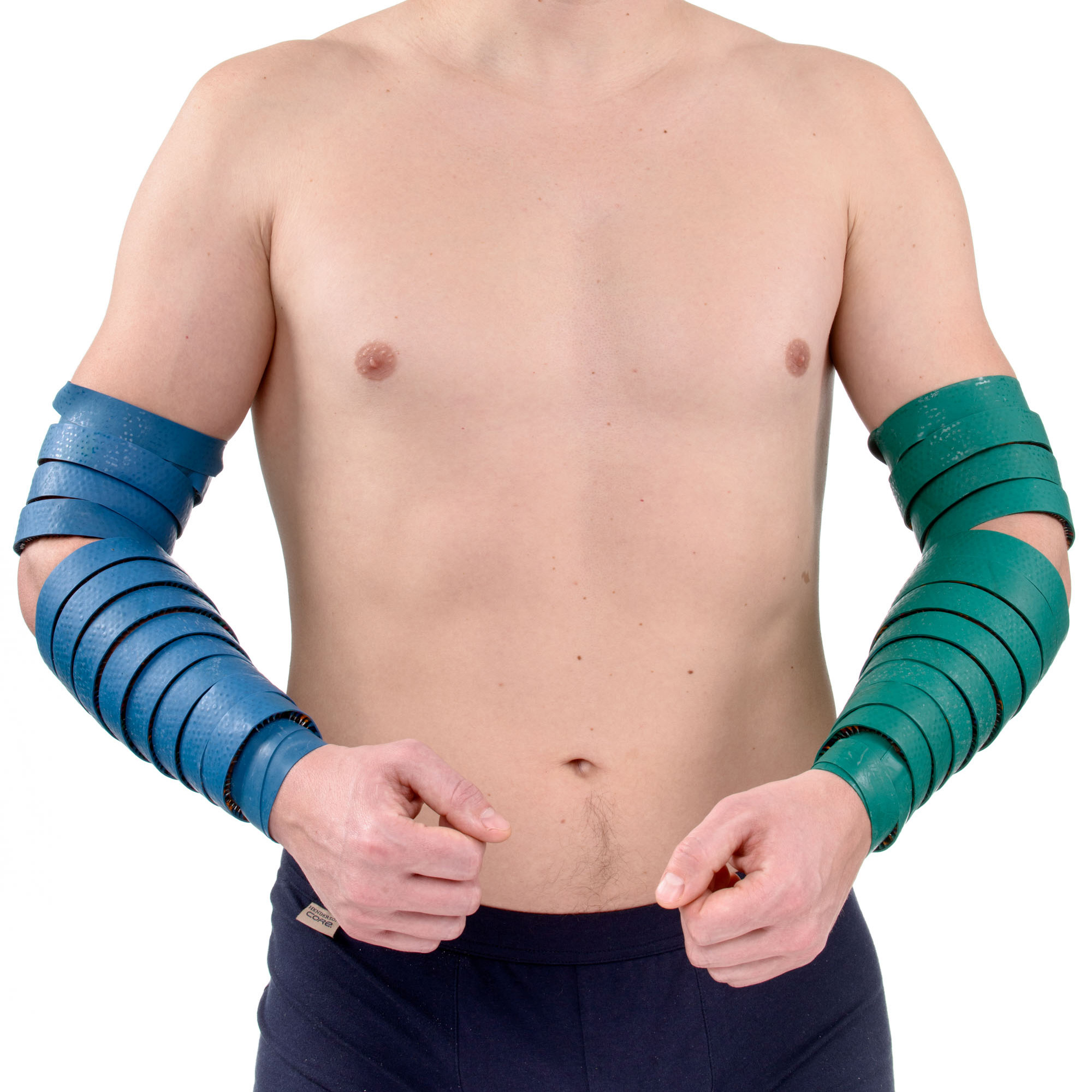
Rolling zones on the palms and feet with the "Face Roller M", "Universal Roller M", "Large Roller M", "Needle Ball".
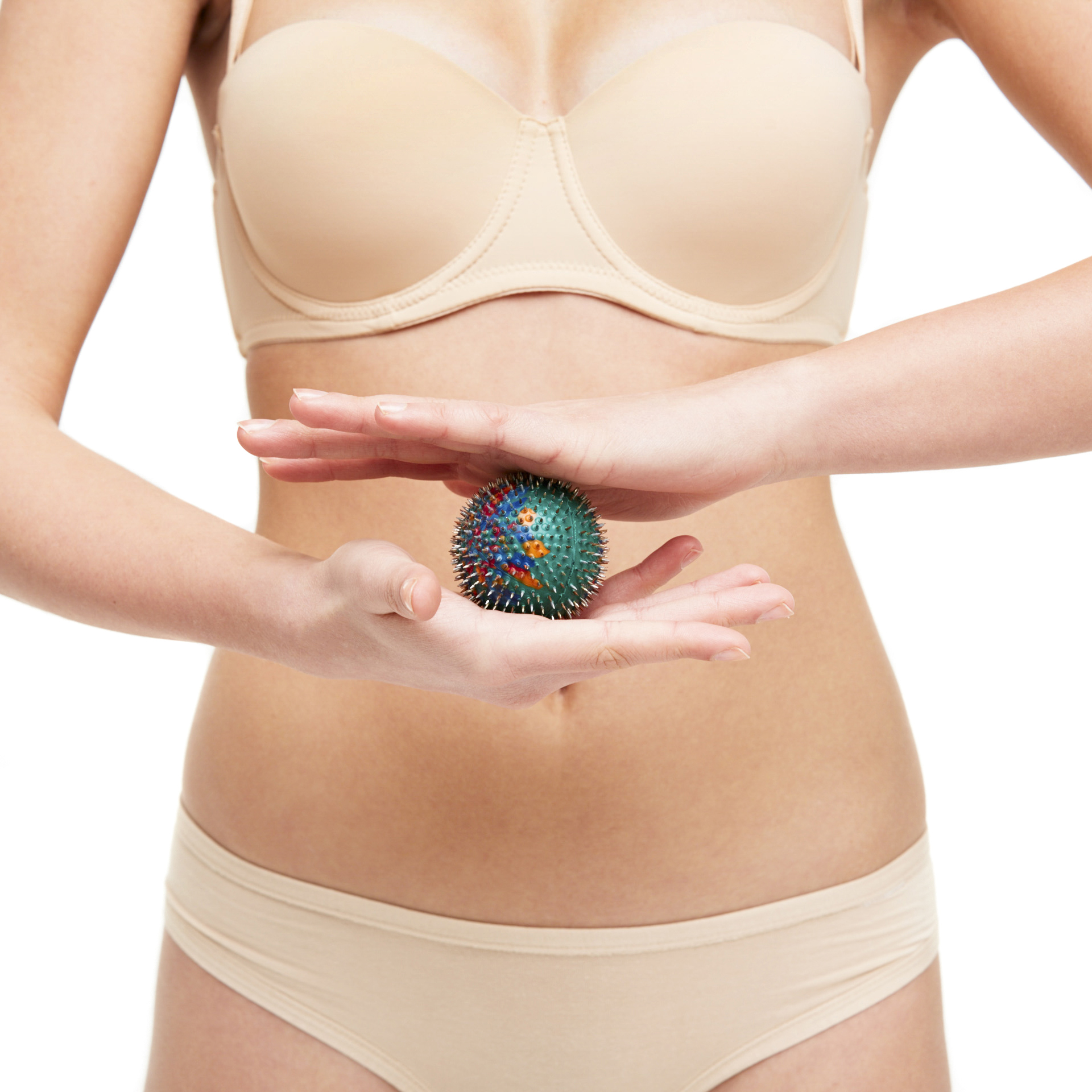
On the area of the feet, use "Insoles Plus"

Acupressure
The technique of acupressure is considered ancient. It helps speed up the healing process. In the old days, acupressure for sinusitis at home was the most important component in the course of treatment. Acupressure acts simultaneously in several directions. First of all, it relieves the patient of nasal congestion, edema, mucus leaves better, pain syndrome goes away. The immune forces of the body are also activated, and the patient soon returns to a normal lifestyle.
Pressure can be performed using the middle finger, while the index finger is bent and adjacent to the middle one. The technique is performed in three steps. First of all, you need to find a point, and then press on it. Gradually, the pressure increases, this position must be maintained for 50 seconds, creating vibrations. Gradually, the pressure on the point increases, then weakens, and the vibration stops. Impact on the zone of these points can also be carried out with a small applicator "Kraplinka".
Points of influence with a cold, with sinusitis.
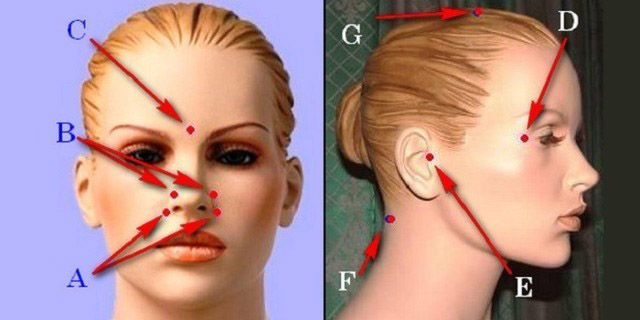
Prevention of diseases of ENT organs
If we talk about prevention, it consists in the following measures: healthy physical activity, daily breathing exercises, hardening, good sleep, peace of mind, balanced nutrition, timely and proper treatment of colds. To prevent exacerbations of chronic diseases, it is recommended to do the above acupressure.
To prevent chronic diseases of the mucous and paranasal sinuses and nasopharynx, it is recommended to rinse the nose with salted water daily.
For the prevention of sore throat, exercises with a strongly extended tongue and the Cup exercise are shown.
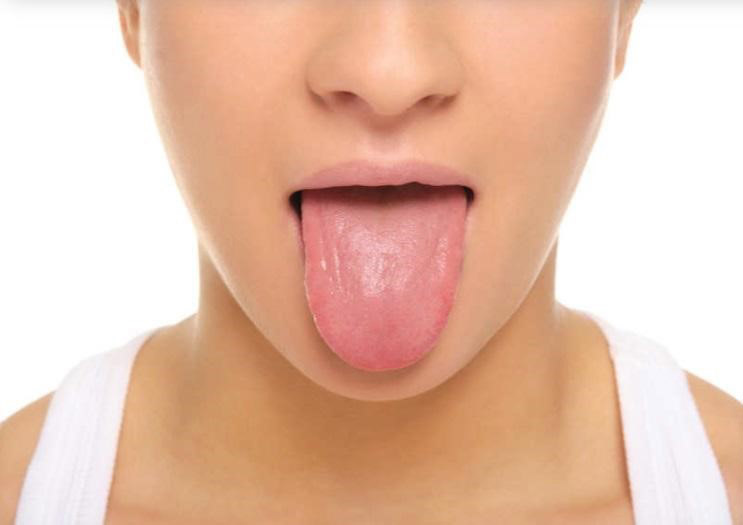
"Cup"

